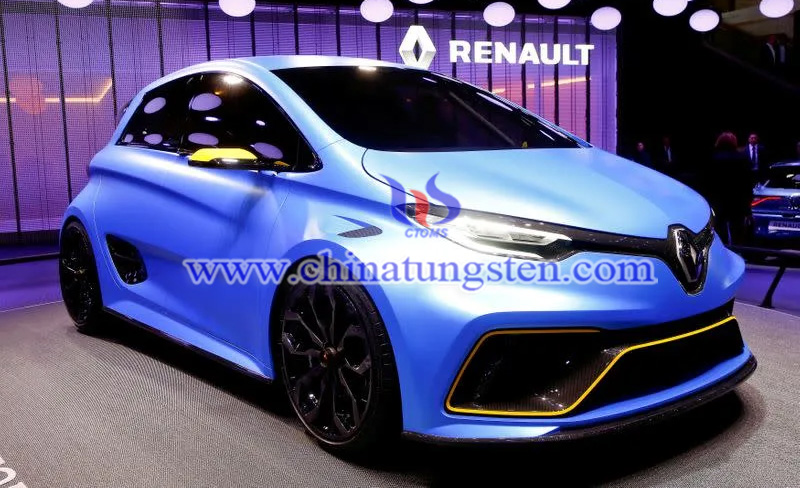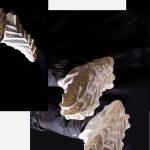Automakers Reduce Use of Rare Earth Magnets
- Details
- Category: tungsten‘s News
- Published on Saturday, 24 July 2021 17:06
China is the largest output country of rare earths, and the rare earth magnets are the critical components to provide the power for electric engines. As tensions between China and the United States intensify, Western automakers are trying to initiate a revolution in the key driving force of electric vehicles, reducing their dependence on magnets made of rare earth metals, and trying to reduce their dependence on China.
The following content is about the power mode of electric vehicles (EVs), as well as some specific measures that automakers how to deal with. Let's see what is different among them.
Permanent magnet motors made of rare earth metals such as neodymium and dysprosium are naturally magnetic. Rare earth metals are the core of many electric motors, providing the required power for the transmission system, and are naturally the core of electric vehicles.
like induction motors, these motors without permanent magnets usually use current through copper wires to generate a magnetic field and supply power to the motors. Although these motors are lower in cost, the less efficient and larger capacity battery lead to a smaller travel range with the same amount of electricity.
Nissan Motor Co, Japan's third-largest automaker, said it plans to eliminate the use of rare earth magnets in its new Ariya SUV. In 2012, Nissan developed an electric motor that reduced the rare earth metal dysprosium required by 40%, and in 2016, it expanded this reduction again.

Tesla, the world's largest electric car manufacturer, originally used induction motors without rare earth permanent magnets, but in 2017, it released the Model 3 equipped with permanent magnet motors. In 2019, it redesigned the Model. The S and X drive units use two motors, one with permanent magnets and one without.
BMW, the new iX3 SUV model that this traditional German car brand will launch this year, is expected to be its first electric car that uses a redesigned drivetrain that no longer requires rare earths.
RENAULT SA, a French car manufacturer and an alliance partner of Nissan, is a pioneer in rare-earth-free motors. Its Zoe, a small city car released in 2012, uses a "wire-wound" electric motor with copper wires.
Japan's Toyota has been working to reduce rare earth metals in its EVs. The company said that after developing a magnet with a 20%-50% reduction in neodymium consumption in 2018, the company is still committed to achieving a rare-earth-free motor.
Volkswagen is using permanent magnets containing less of two rare earths, terbium and dysprosium. In its full-drive electric models, the company has also begun to use permanent magnet motors on the rear axle and magnetless motors on the front axle.
Another one of the famous German automakers has reduced the rare earth elements in its Mercedes-Benz electric cars and informed that it plans to eliminate rare earth magnets in its cars in the medium term.
- < Prev
- Next >
Link to this article:Automakers Reduce Use of Rare Earth Magnets
Reprint Statement: If there are no special instructions, all articles on this site are original. Please indicate the source for reprinting:Tungusten,Thanks!^^

